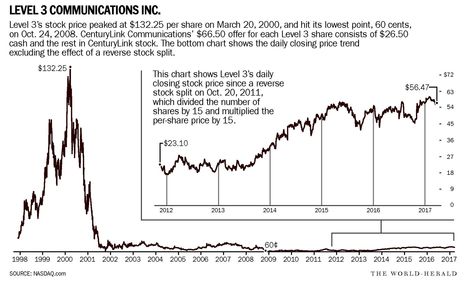(p. 1B) If the arts community had been blossoming in north Omaha when Adrienne Brown-Norman was growing up there in the 1960s and ’70s, she may never have moved to California and become a senior illustrator for Disney Publishing Worldwide.
. . .
“Of course, though, I would not ever have met Floyd.”
That would be her husband, Floyd Norman, the now-legendary first African-American artist at Walt Disney Studios.
Floyd Norman, 82, began working for Disney in 1956 and was named a Disney Legend in 2007.
. . .
The Normans recently collaborated with legendary songwriter Richard Sherman (“Mary (p. 5B) Poppins”) on a picture book called “A Kiss Goodnight.”
The book tells the story of how the young Walt Disney was enchanted by fireworks and subsequently chose to send all of his Magic Kingdom guests home with a special kiss goodnight of skyrockets bursting overhead.
. . .
Walt Disney later picked Norman to join the team writing the script for “The Jungle Book.” Disney had seen Norman’s gags posted around the office and recognized a talented storyteller.
“I didn’t think I was a writer, but the old man did,” Norman said. “Then I realized that maybe I am good at this.”
Norman named “The Jungle Book” as his favorite project, because he worked alongside Disney.
. . .
“What I learned from the old man was the technique of storytelling and what made a movie work,” Norman said.
“I had an amazing opportunity to learn from the master. If you were in the room with Walt, it was for a reason. There are a lot of people who wanted to be in that room but didn’t get an invitation.”
. . .
One day at the studio the Normans recall pausing to watch the filming of “Saving Mr. Banks,” the story of Disney’s quest to acquire the rights to film “Mary Poppins.” Norman had worked on the movie and was interested in seeing Tom Hanks’ portrayal of his old boss.
“Tom Hanks rushed from his trailer in full costume to meet Floyd, shouting, ‘Where is that famous animator?’ ” Brown-Norman said. “You don’t expect a man like Tom Hanks to come running up. Then Tom wouldn’t let us leave. He wanted to know more about Walt, and if he was getting it right.”
. . .
“What I enjoy is the love of Disney that made so many people happy,” [Floyd Norman] said. “Maybe they were poor. Maybe they were in a bad home, but they tell me Disney stories gave them an escape. They gave them happiness, and that’s what I like.”
For the full story, see:
Kevin Cole. “Legendary Animator Spread Love of Disney.” Omaha World-Herald (Mon., Aug. 7, 2017): 1B & 5B.
(Note: ellipses, and bracketed name, added.)
(Note: the online version of the story has the title “During Native Omaha Days, Disney’s Floyd Norman and Adrienne Brown-Norman reflect on careers.”)
The book mentioned above, co-authored by Sherman (and illustrated by the Normans), is:
Sherman, Richard, and Brittany Rubiano. A Kiss Goodnight. Glendale, CA: Disney Editions, 2017.


